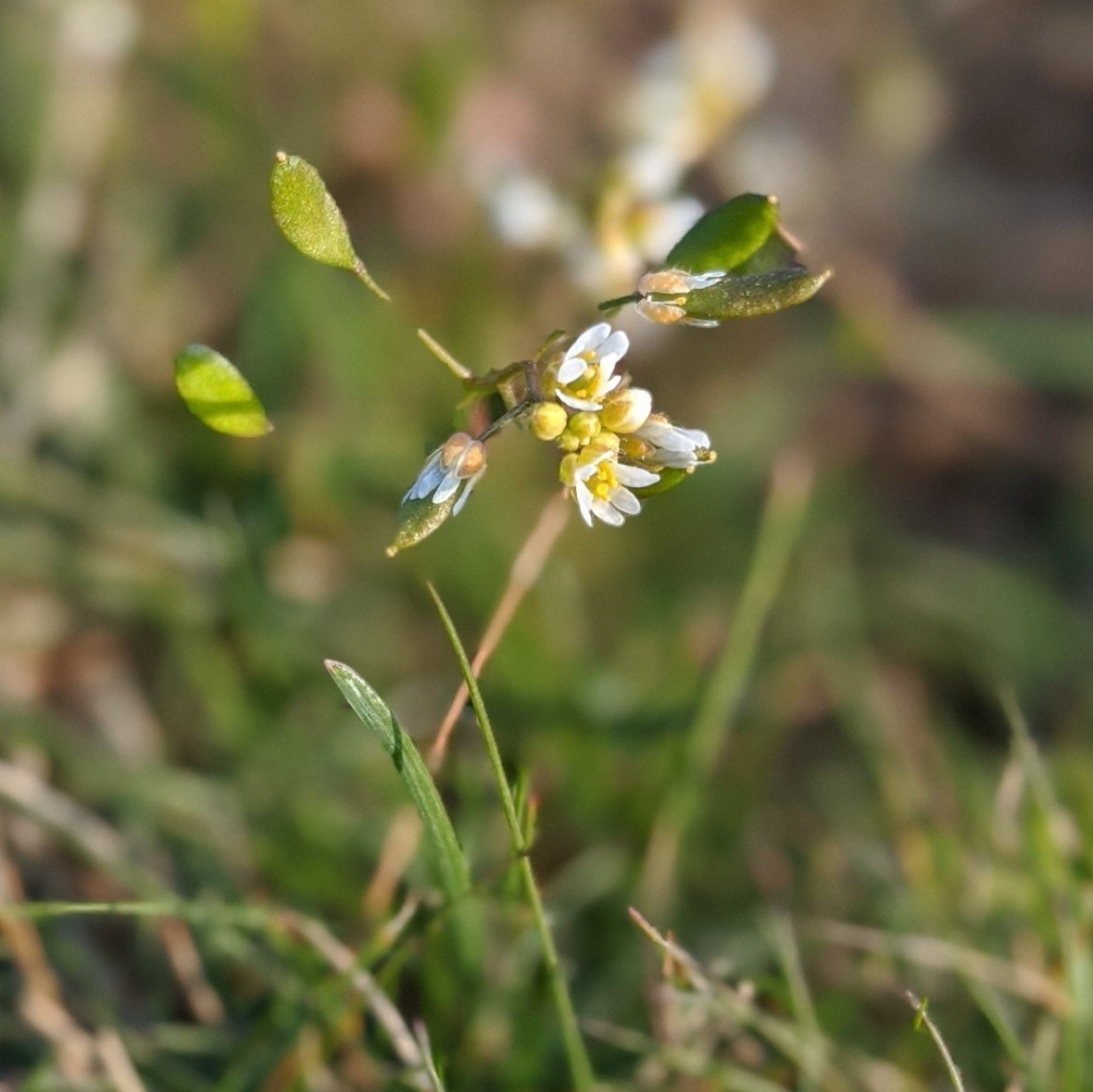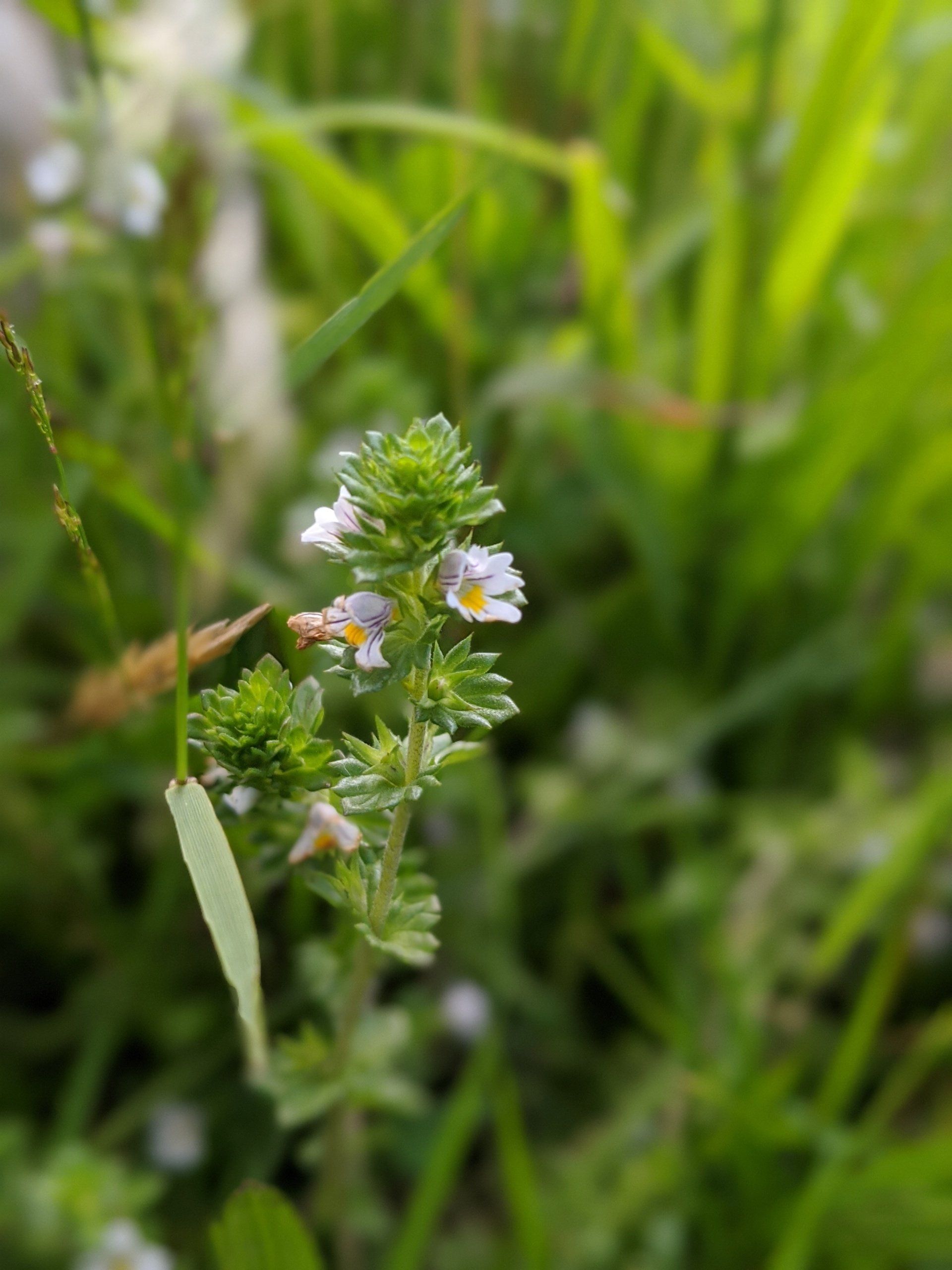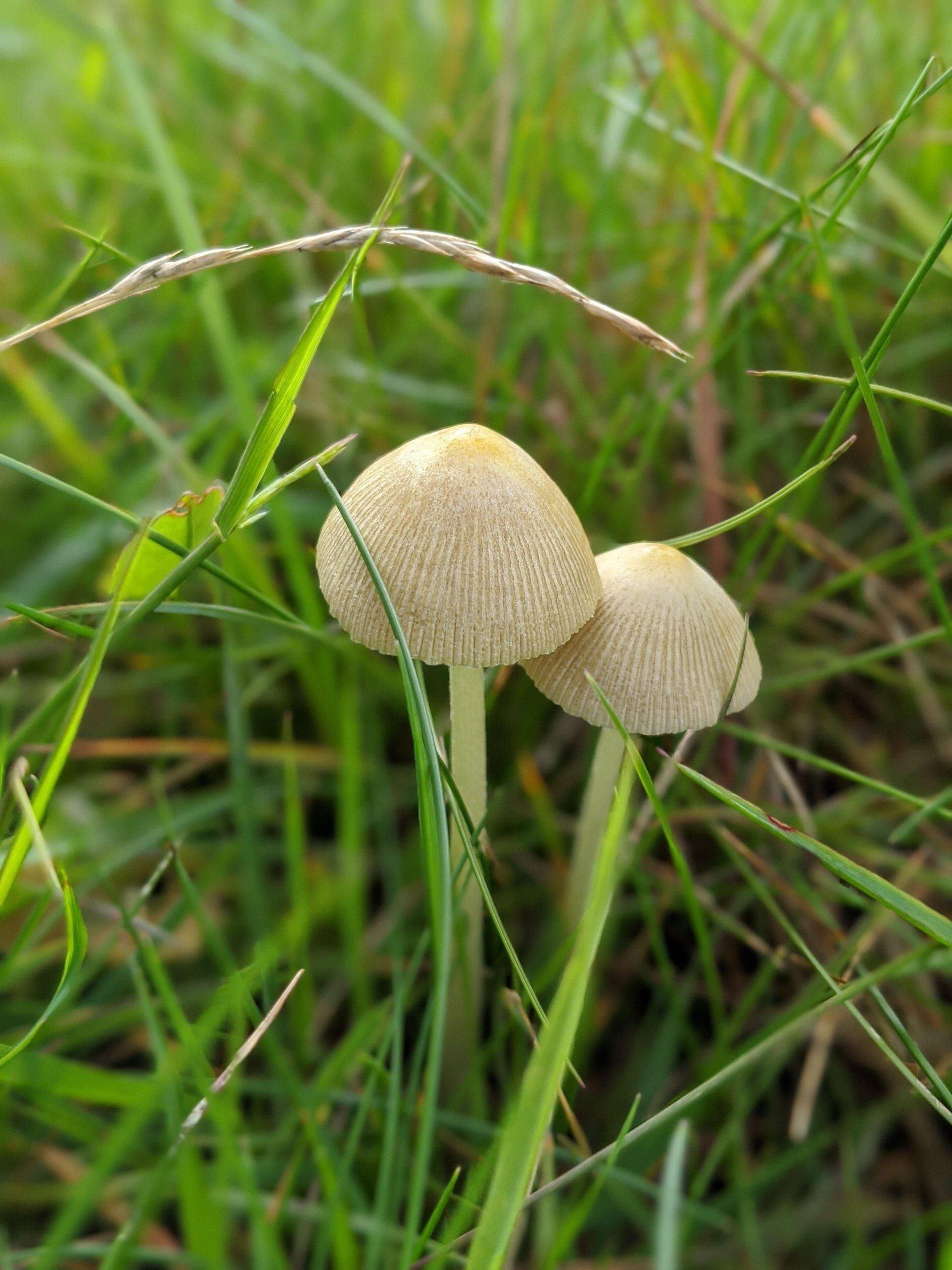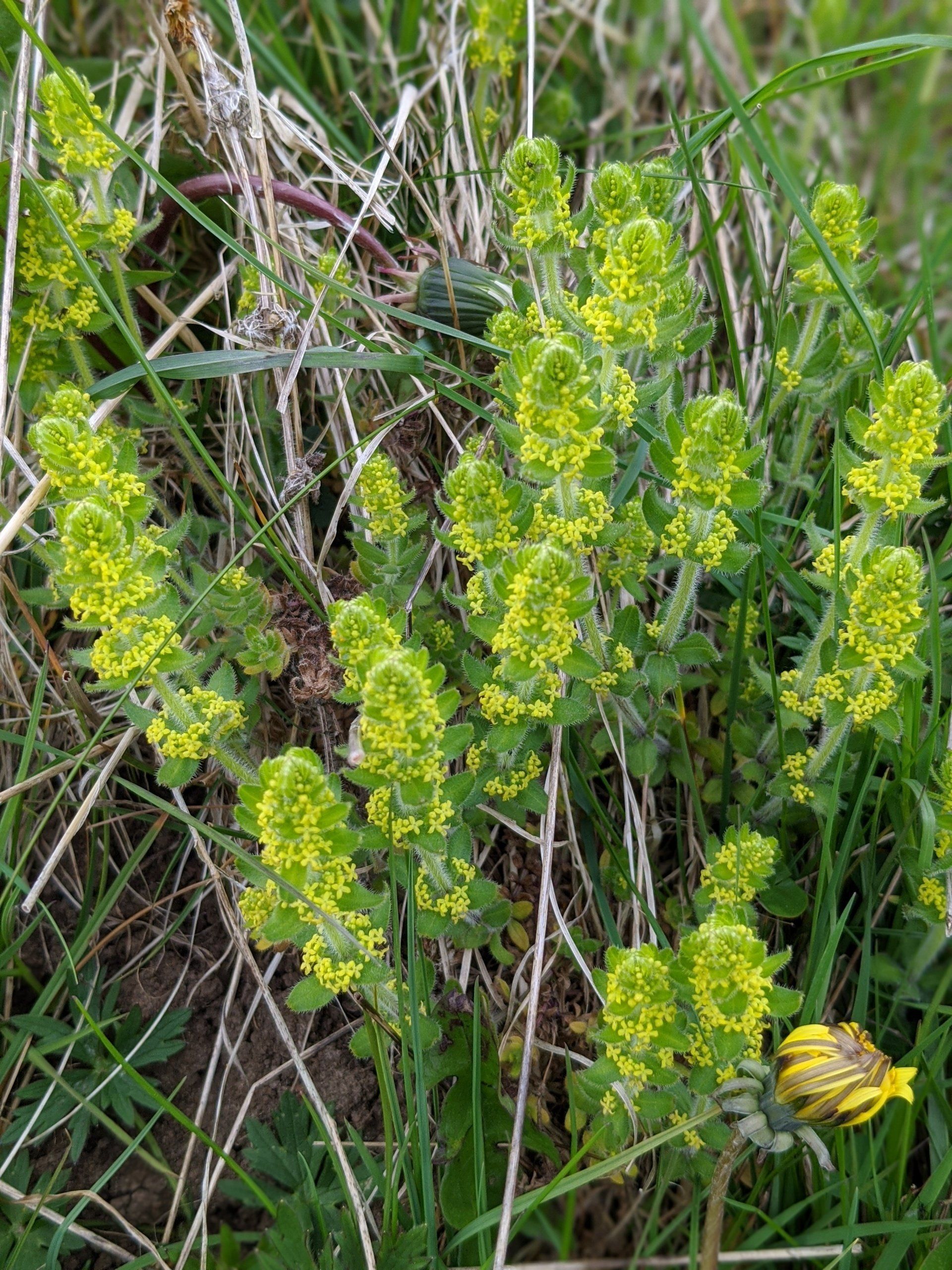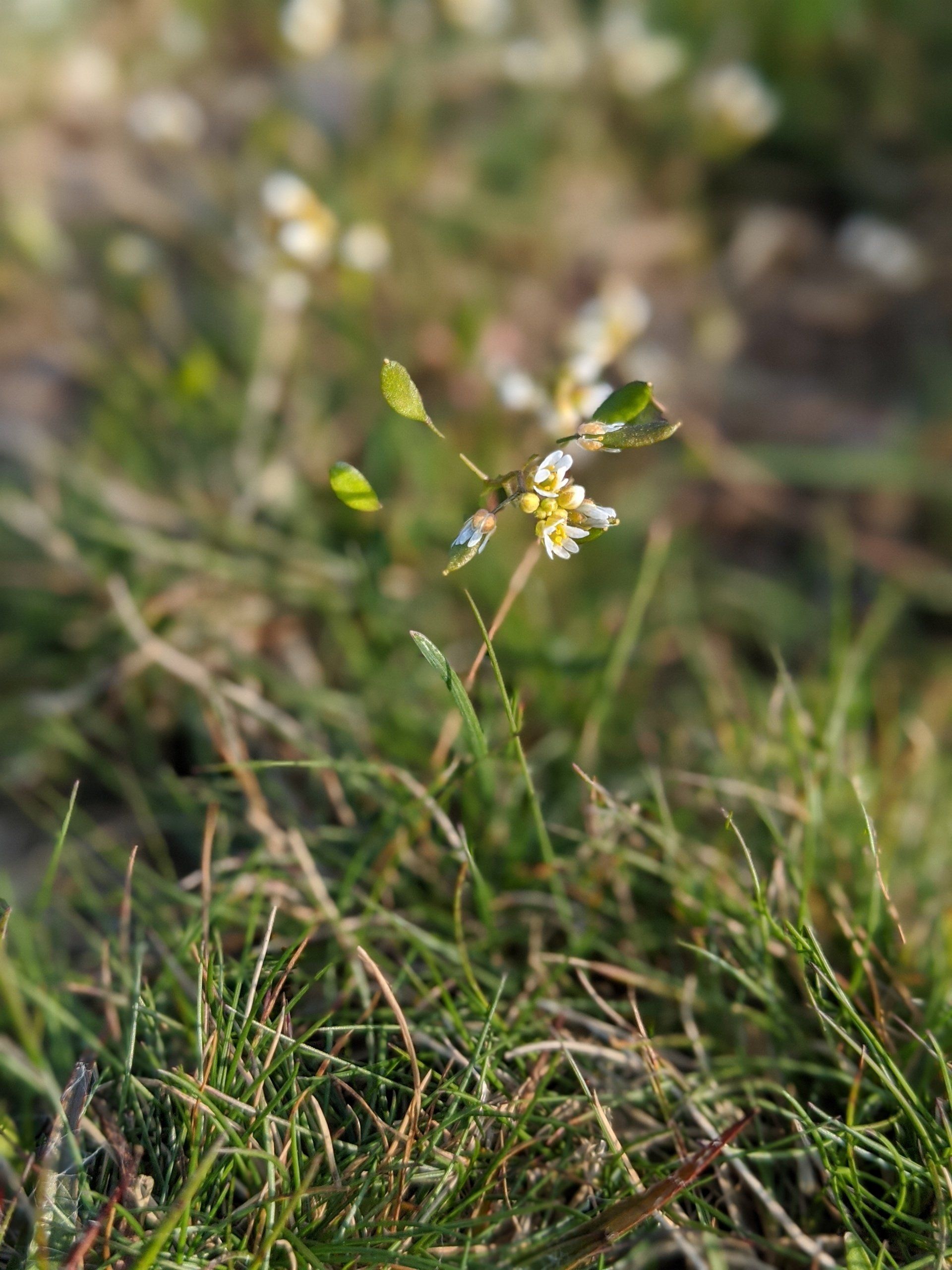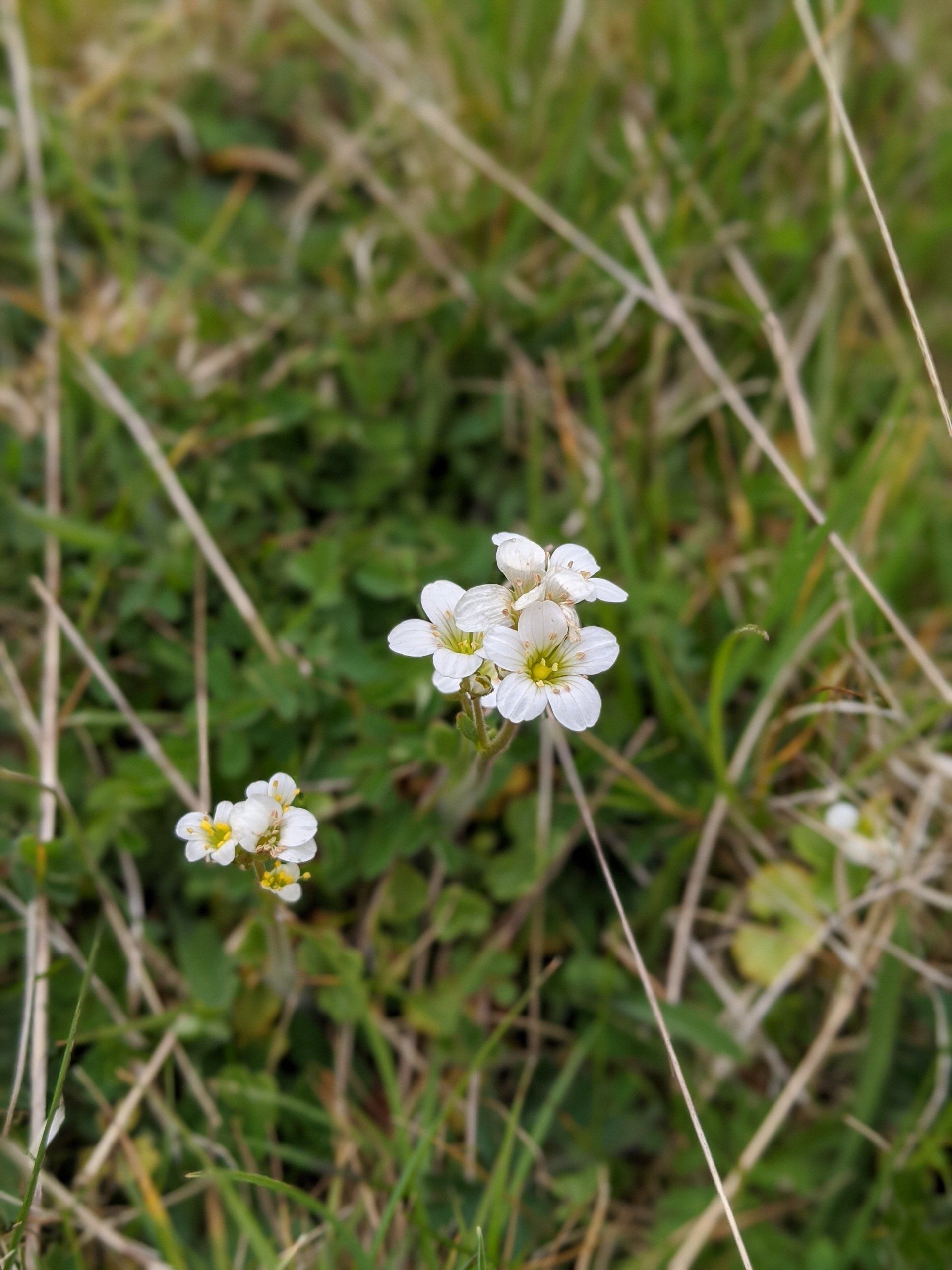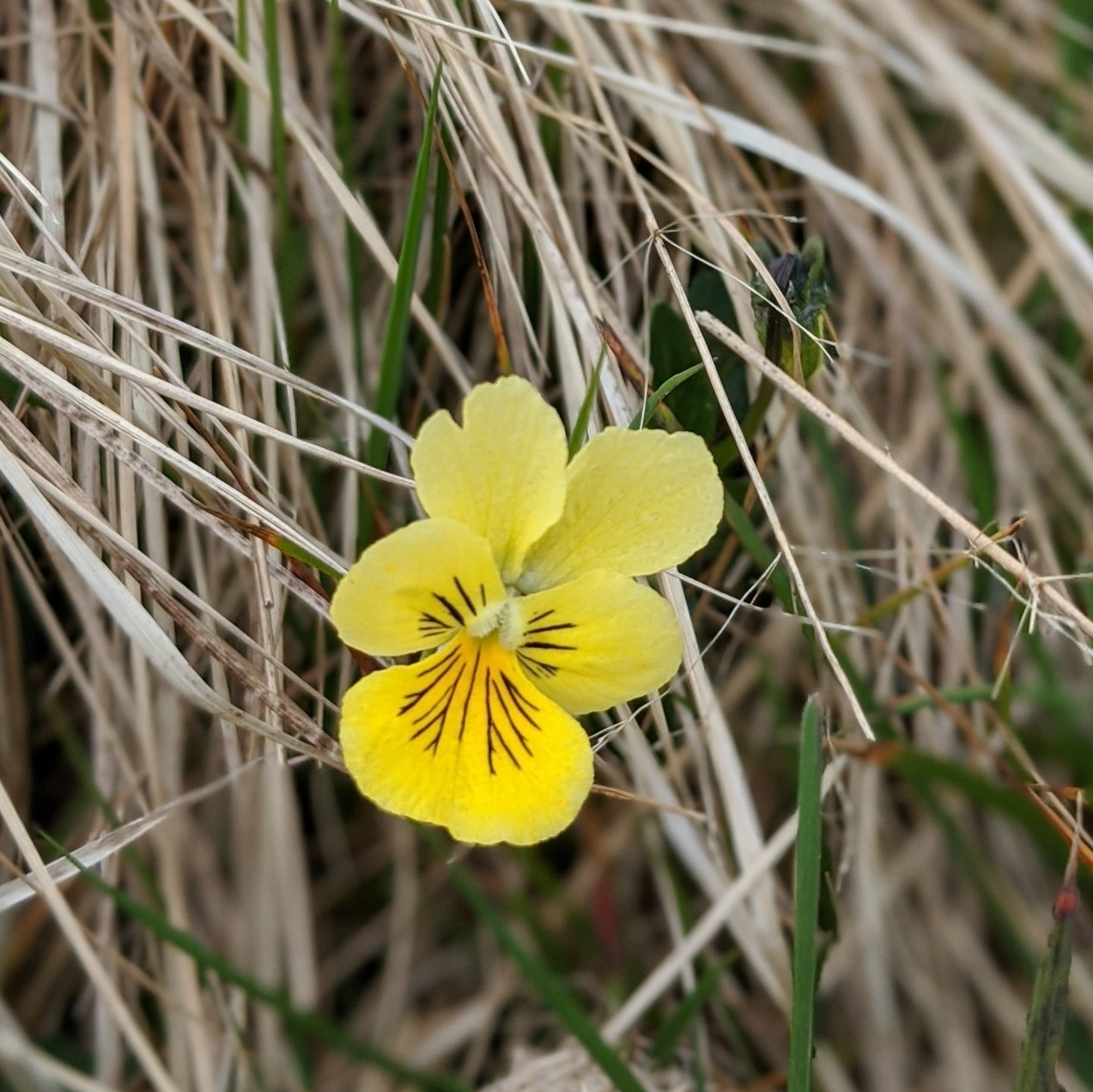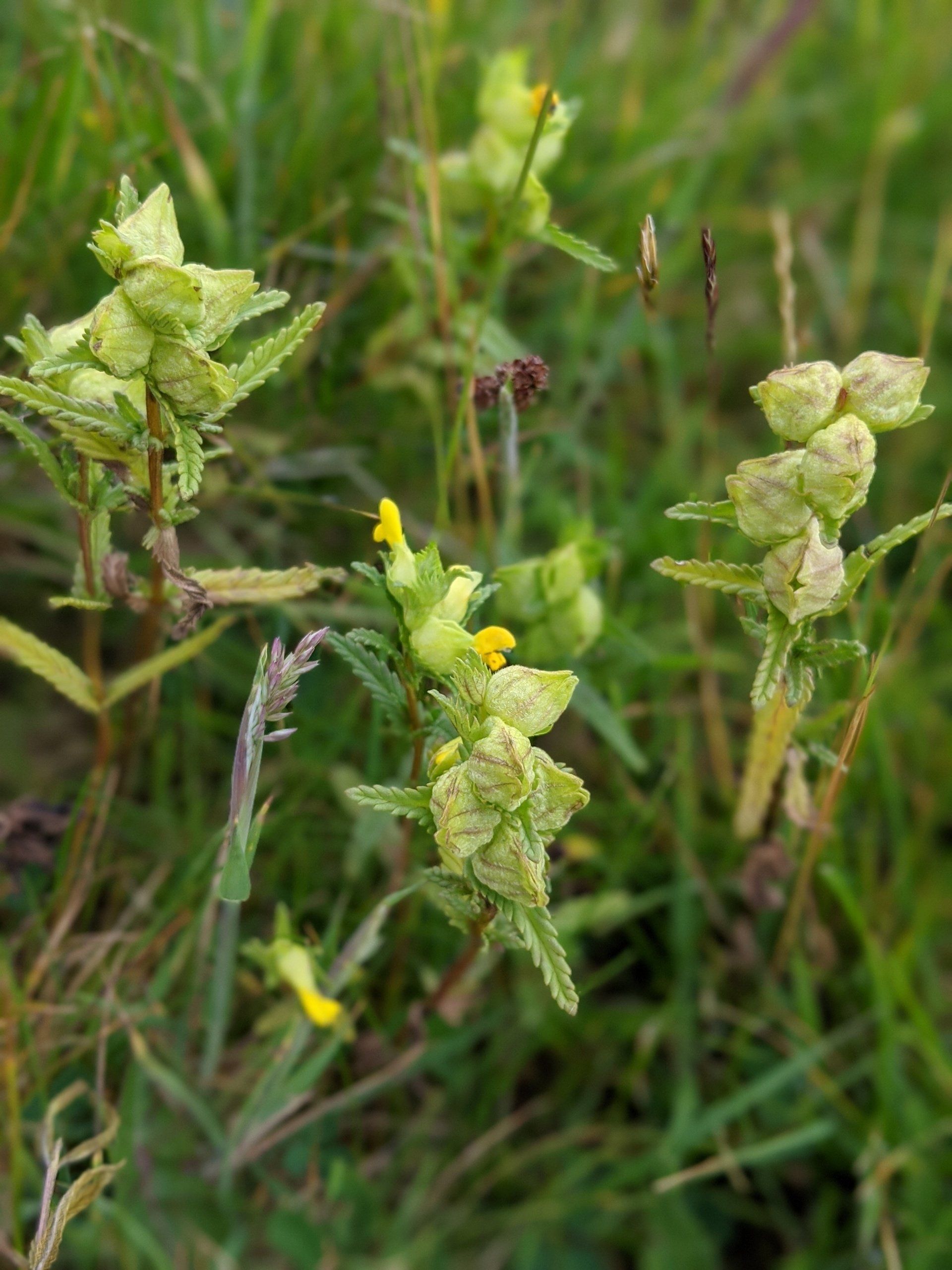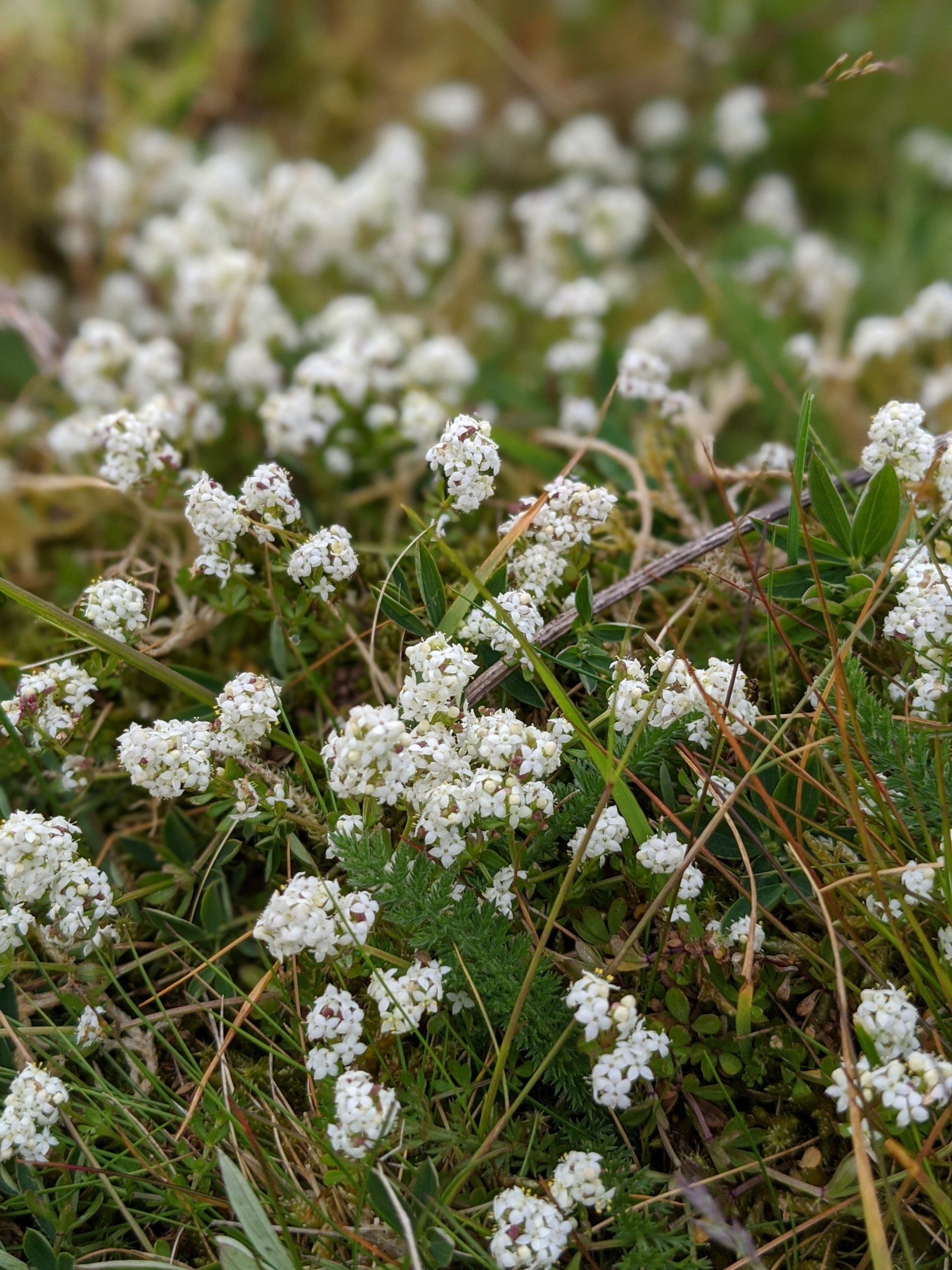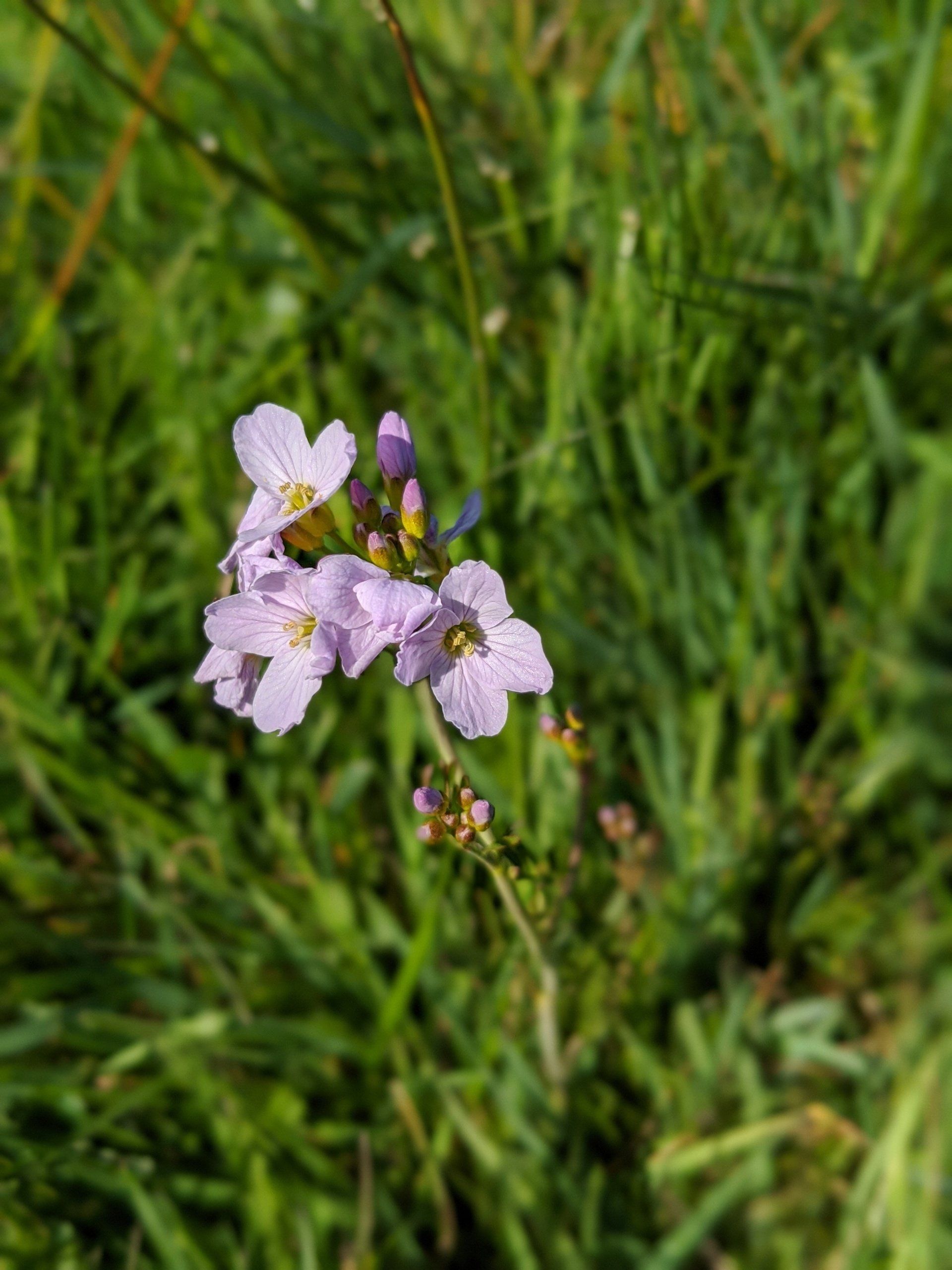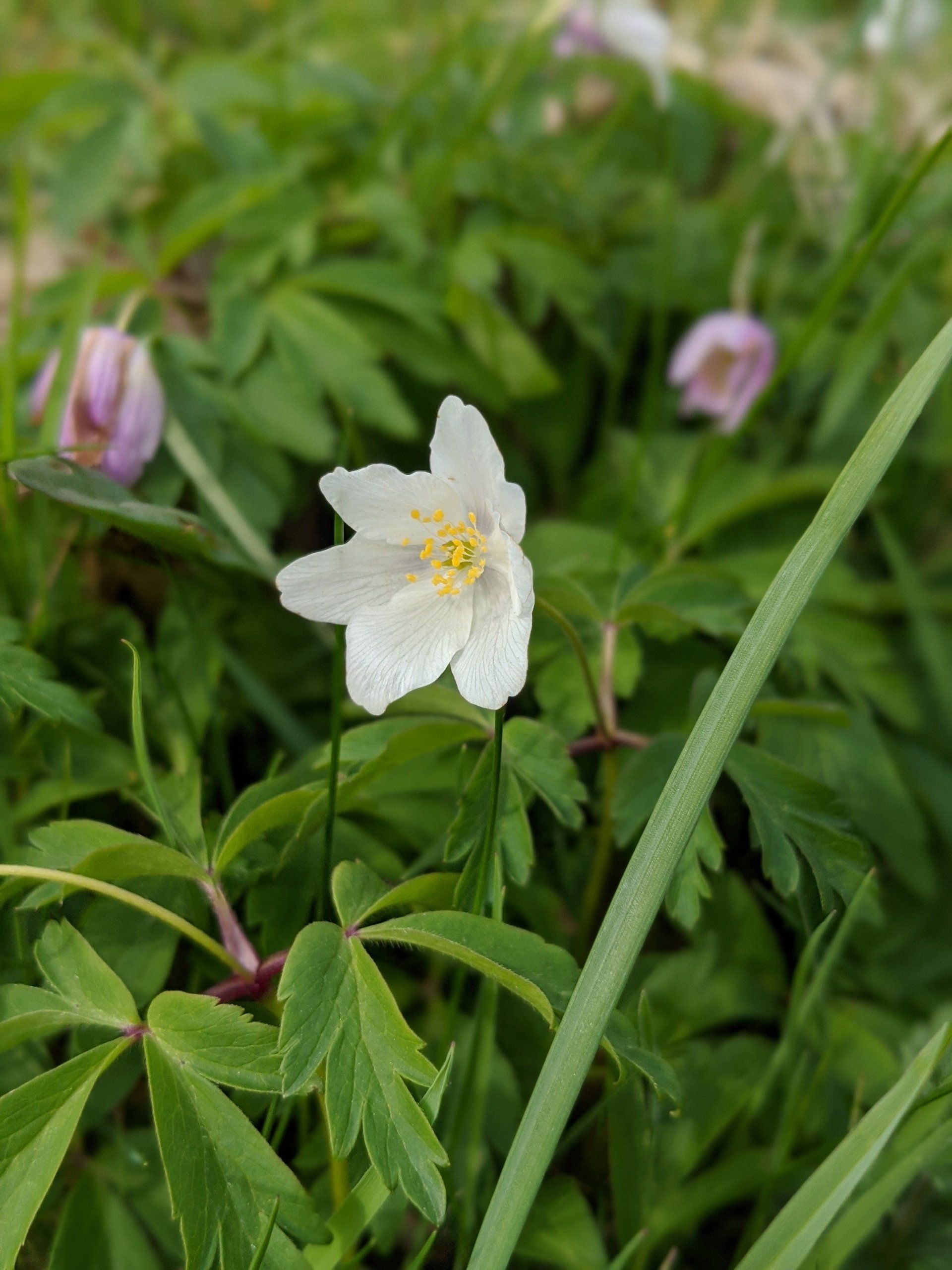Breeds and Species
Here at Highfields Farmhouse we are keen to promote the environment in which we live and work. This is a multi-faceted approach which guides our farming choices, benefits the environment and ultimately benefits our customers.
Bio-Diversity
As the old saying goes, "all good countrymen know that they are merely tenants of the land"
This basically means that we are simply looking after the land we farm, on behalf of nature, for the short period we are each here for. Therefore we should aim to leave the land in as good, if not better condition than we received it.
As part of this we have for many years now had wild flower meadows as part of our farm (see above photos) and are proud of the biodiversity that these pastures promote. They support countless species of rare wild flowers and large numbers of insects, butterflies, mice, small birds etc and the wider food chain that depend on these plants and creatures.
Even our non-flower meadow ground is carefully managed to ensure it is not over-stocked and bio-diversity is allowed to thrive
Examples of the plants and animals that can be found across our farm include:
- Wild orchids
- Owls (Barn owls, Tawny owls & Little owls have all been spotted)
- Wild partridge
- Field mice
- Lapwings
- Curlews
We also manage a section of SSSI on our farm that has the most fantastic display of gorse and bluebells during the spring and many other wild flowers such as:
- crosswort
- ground ivy
- bog stitchwort
- cuckoo flower
Check out the short fly-over video of the gorse and bluebells, below.
Native Breeds
We strongly believe in the preservation of native British breeds of both cattle and sheep. There are many benefits to this beyond simply helping prevent the extinction of a breed. For example, native breeds, particularly those from hilly areas, are much better at extracting energy and nutrients from sparse pastures than commercial continental breeds. This makes them very well suited to grazing the poorer quality pasture often found in areas like the Peak District. This means they can be grown on a diet of almost entirely grass and require hardly any imported feed. This brings massive environmental benefits when considering the transportation and processing carbon costs of these imported feeds.
Currently our cattle consist mainly of Hereford, South Devon and Aberdeen Angus.
Our sheep are Shropshire and Kerry Hill.
Ultimately we believe that grass fed native breed animals lead to a better quality end product, even if it is slightly slower growing than the commercial alternative.
Eco-Friendly Changes
As we go around the farm, we are always looking for ways to improve our environmental performance and believe that even small changes can add up.
A couple of examples of our changes are:
- We are going through a programme of changing our lighting to LED lighting wherever possible
- Our meat is now delivered to customers in eco-friendly insulated cardboard boxes, doing away with polystyrene boxes.
